How to: paracord knots for bushcraft and survival
Paracord is a great companion when you go out into nature. When, for instance, you go camping, or for survival or bushcraft purposes.You use paracord to hang a hammock or a tarp, to tie your sleeping bag to your backpack or to tie a bunch of branches together. We will teach you the most famous paracord tying techniques to make sure you have nothing to worry about during your next outdoor adventure. Tip: don't forget to bring your lighter and pocket knife when you start using paracord. With it you can burn the ends of the paracord when you cut a piece of.
Top 5 paracord tying techniques
1. The clove hitch
Used for: binding rope to an object, pioneering, rock climbing.
The clove hitch is a common knot often used to tie a rope around a round object, like a tree or pole. This knot, however, is not as suited for square poles, as it will easily come loose. There are two ways to create the clove hitch: the normal method and the fast method. The fast method, however, can only come in handy when the top of the pole is free.
Clove hitch - normal method
- Twist the short end of the paracord around the pole and cross it over the lower part of your rope. Make sure the short end of your rope is placed over the part that is already wrapped around the pole.
- Now wrap the end around the pole again in the same direction and pass it under the top rope.
- Now firmly pull both ends together.
Clove hitch - fast method
- Create two loops in your paracord. The left loop with the long end in the back, and the right loop with the long end in the front.
- Now place both loops on top of each other. The left loop behind the right loop, without twisting the loops.
- Now slide both loops over the pole and pull the paracord on both sides.
2. Square knot
Used for: tying two ropes together, sailing.
The square knot is great when tying together two ropes of the same thickness. You use it when you hang a tarp and a piece of paracord is too short to reach the tree. This is how you create this knot:
- Cross the left part of your rope over the right end.
- Now pull the left end (which is placed on the right side) underneath the other rope.
- Place the end of the left rope over the end of the right rope.
- Now put the protruding end that is placed over the other rope through the loop that has been created.
- You now have two interwoven loops. Pull all four ends at the same time to tighten the knot. Pull the ropes on the left to the left and ropes on the right to the right.
3. The slipknot
Used for: hanging a tarp, stopper knot.
The slipknot is very popular because you also easily pull it apart. It is often used as a stopper knot. It is also the start of the bowline, which is described below.
- Hold your thumb and index finger together and place a loop around the end of these fingers. Make sure you will be left with approx. 15 centimetres at the end of the rope.
- Now put your fingers through the loop and take hold of the long part of the rope.
- Now pull and tighten it.
- You release it by pulling both ends of your paracord. Do you want to make sure it stays in place? Put a solid piece of wood inside the loop of the knot and it won't go anywhere.
4. The bowline
Used for: hoisting, hauling, tying one rope to another.
With a bowline you create a loop that won't change size. This loop is incredibly solid and also easy to release.
- Create a slipknot as described above. Make sure your slipknot is not too tight for this knot!
- Place the short end of your paracord through the loop you just made and push it back on top of itself.
- Use one hand to secure the end of the rope. Use the other to pull the long end of your rope.
- Your knot will now move and create a solid loop.
5. Prusic knot
Used for: climbing, hanging a tarp.
You use the prusic knot to tie a thinner piece of rope to a thicker piece of rope. That is how you create a solid knot you can slide over your paracord. When, for instance, you will hang tent cloth from a stretched piece of paracord. The prusic knot is a fricton knot and is often used by climbers as a fastener for abseiling, for instance. This knot, however, is not practical when tying together two thick pieces of rope, because the knot will not hold properly. This is how you create it:
- Take a thin piece of rope about 20 to 30 cm long and fold it in half. Now tie a knot in it.
- Fold the loop, the knot facing in the other direction, over the rope you have stretched out and push the knot of your loop through the part of the loop on the other side of the rope.
- Now wrap the part of your thin rope with the knot in it over the thick rope again and pull the knot through the loop one more time.
- Make sure that the loops that are tied around the thick rope are neatly side by side. The ropes of the second loop should be placed in between those of the first. Now tightly secure the knot.

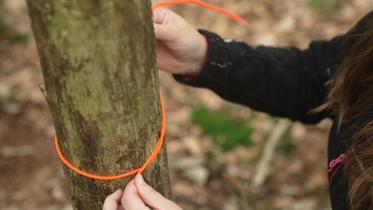
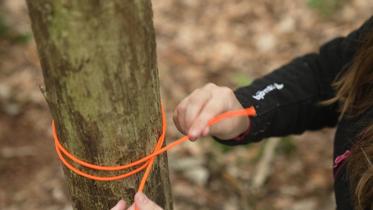

?%24center=center&%24poi=poi&%24product-image%24=&fmt=auto&poi=%7B%24this.metadata.pointOfInterest.x%7D%2C%7B%24this.metadata.pointOfInterest.y%7D%2C%7B%24this.metadata.pointOfInterest.w%7D%2C%7B%24this.metadata.pointOfInterest.h%7D&scaleFit=%7B%28%24this.metadata.pointOfInterest%29%3F%24poi%3A%24center%7D&sm=c&w=762)
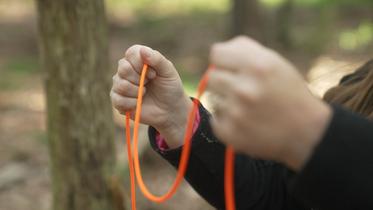
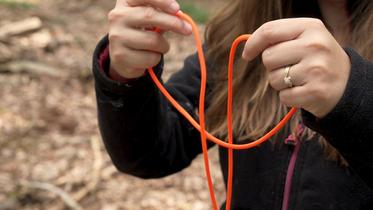
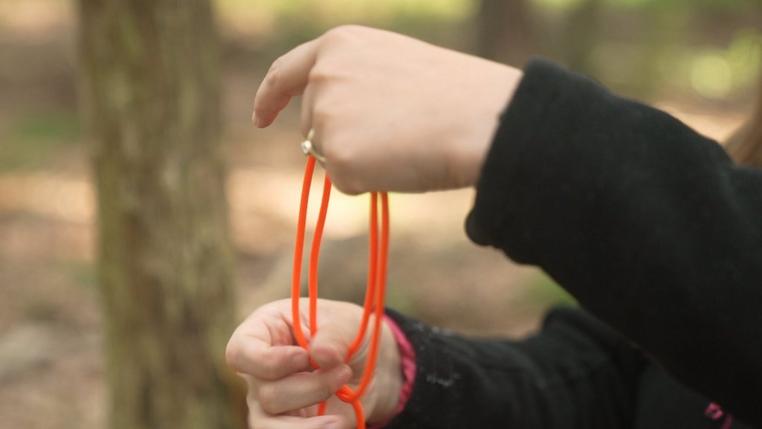
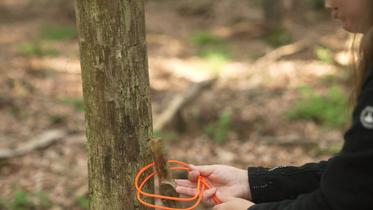

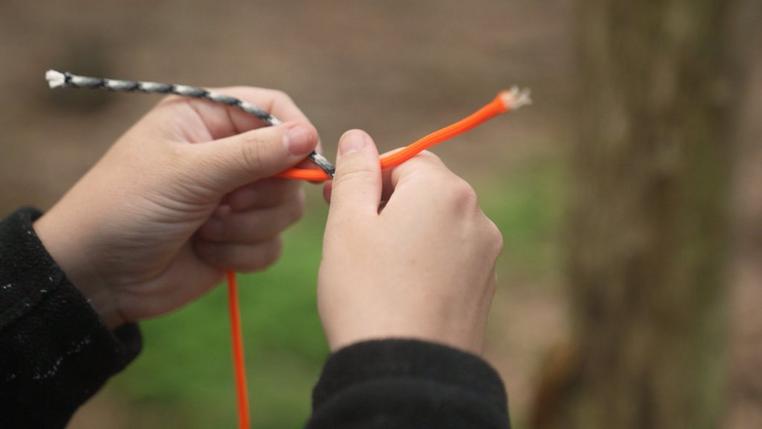
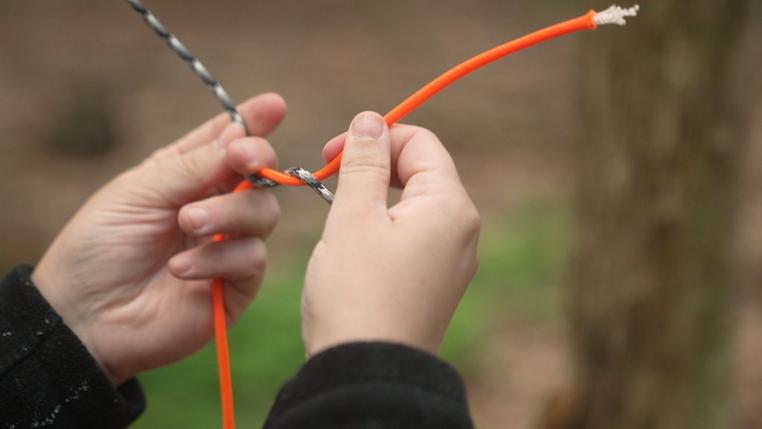

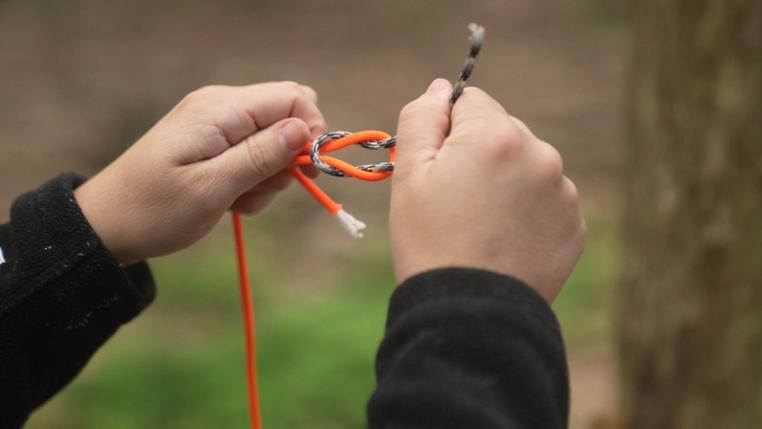
?%24center=center&%24poi=poi&%24product-image%24=&fmt=auto&poi=%7B%24this.metadata.pointOfInterest.x%7D%2C%7B%24this.metadata.pointOfInterest.y%7D%2C%7B%24this.metadata.pointOfInterest.w%7D%2C%7B%24this.metadata.pointOfInterest.h%7D&scaleFit=%7B%28%24this.metadata.pointOfInterest%29%3F%24poi%3A%24center%7D&sm=c&w=762)


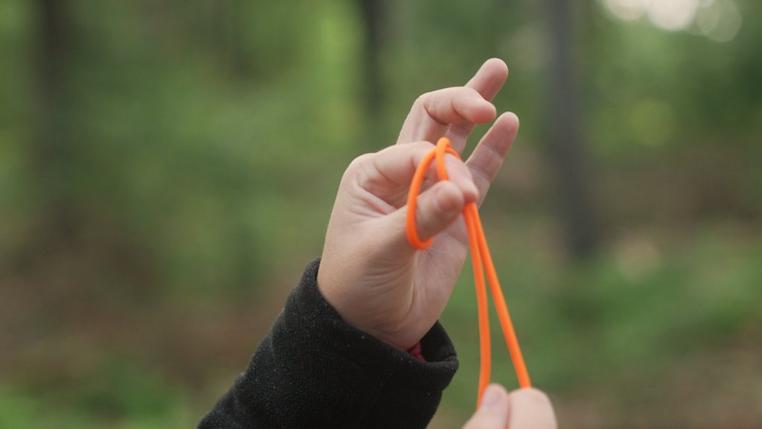
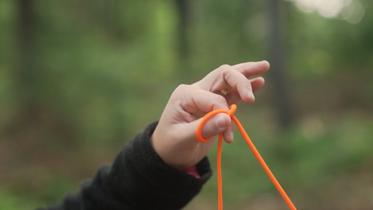
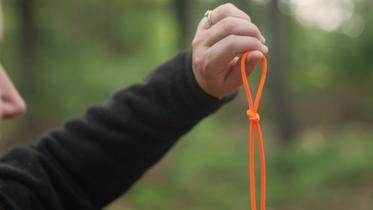
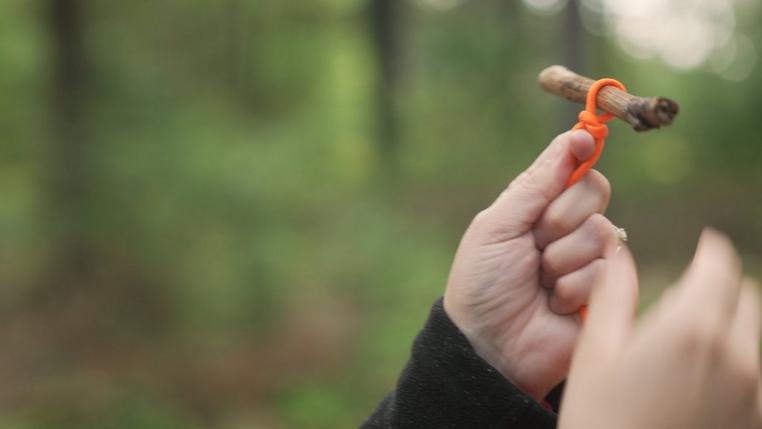
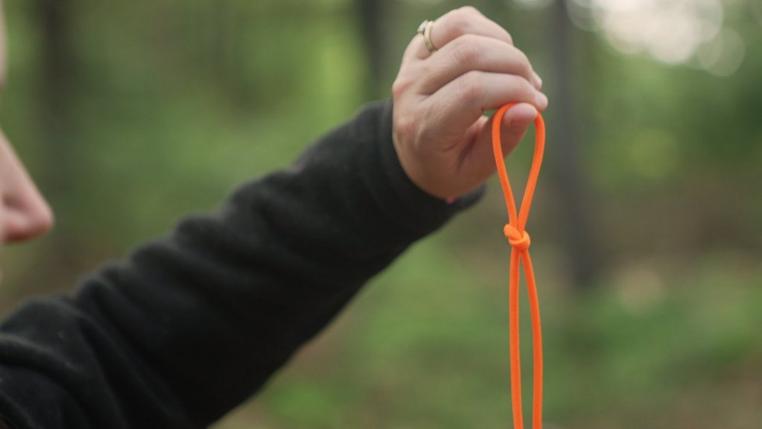



?%24center=center&%24poi=poi&%24product-image%24=&fmt=auto&poi=%7B%24this.metadata.pointOfInterest.x%7D%2C%7B%24this.metadata.pointOfInterest.y%7D%2C%7B%24this.metadata.pointOfInterest.w%7D%2C%7B%24this.metadata.pointOfInterest.h%7D&scaleFit=%7B%28%24this.metadata.pointOfInterest%29%3F%24poi%3A%24center%7D&sm=c&w=762)
?%24center=center&%24poi=poi&%24product-image%24=&fmt=auto&poi=%7B%24this.metadata.pointOfInterest.x%7D%2C%7B%24this.metadata.pointOfInterest.y%7D%2C%7B%24this.metadata.pointOfInterest.w%7D%2C%7B%24this.metadata.pointOfInterest.h%7D&scaleFit=%7B%28%24this.metadata.pointOfInterest%29%3F%24poi%3A%24center%7D&sm=c&w=762)

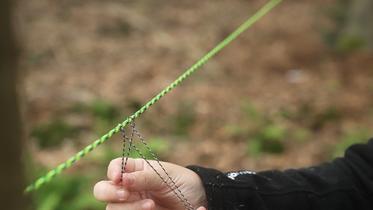
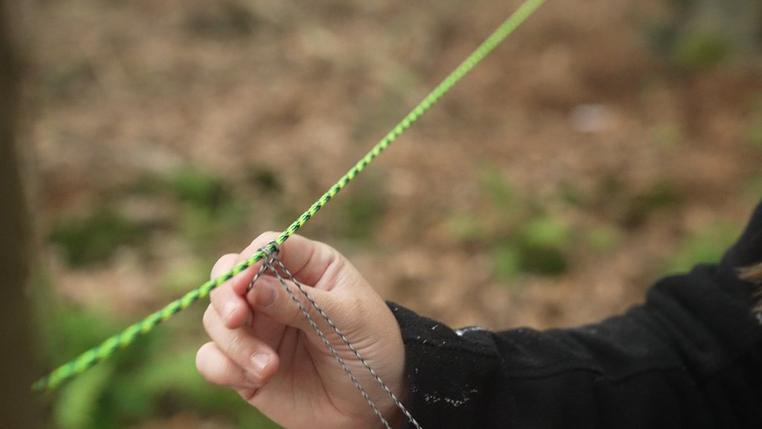
?%24center=center&%24poi=poi&%24product-image%24=&fmt=auto&poi=%7B%24this.metadata.pointOfInterest.x%7D%2C%7B%24this.metadata.pointOfInterest.y%7D%2C%7B%24this.metadata.pointOfInterest.w%7D%2C%7B%24this.metadata.pointOfInterest.h%7D&scaleFit=%7B%28%24this.metadata.pointOfInterest%29%3F%24poi%3A%24center%7D&sm=c&w=762)









?%24center=center&%24poi=poi&%24product-image%24=&fmt=auto&h=500&poi=%7B%24this.metadata.pointOfInterest.x%7D%2C%7B%24this.metadata.pointOfInterest.y%7D%2C%7B%24this.metadata.pointOfInterest.w%7D%2C%7B%24this.metadata.pointOfInterest.h%7D&scaleFit=%7B%28%24this.metadata.pointOfInterest%29%3F%24poi%3A%24center%7D&sm=c&w=1208)





